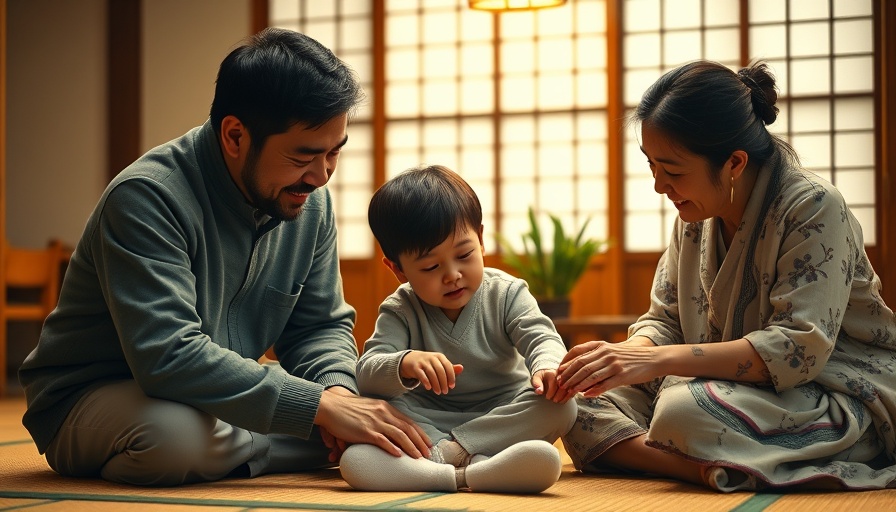
Japan's Population Crisis: An Ongoing Challenge
Japan stands at a demographic crossroads, with its population drastically declining since reaching a peak of 128 million in 2008. Over the past 15 years, the country has consistently lost residents, anticipating a further reduction that could see its population halved by the century's end. This shift not only impacts the economy and healthcare system but also reflects a deeper societal challenge concerning marriage and family formation.
Unpacking the Decline: Birth Rates and Marriage Trends
The crux of Japan's demographic dilemma lies in its plummeting birth rate. Recent statistics reveal a staggering reality where more than two people die for every newborn, leading to a net loss of almost a million residents last year alone. Cultural factors, including a preference for single living and financial burdens associated with child-rearing, have contributed to a decline in marriage rates, directly impacting birth rates. In urban centers like Tokyo, people are often putting off marriage and starting families due to career prioritization, leading to an aging population.
The Emotional Landscape of a Shrinking Nation
Interestingly, the emotional ramifications of this demographic situation are palpable in communities nationwide. For instance, in the small village of Ichinono, the loneliness is palpable, exemplified by puppet master Shinichi Murayama, who fills the empty playgrounds with puppets, symbolizing what the village has lost in its dwindling human population. This notion of loneliness resonates in many rural areas suffering from depopulation, asserting that a vanishing populace extends beyond numbers to affect the emotional fabric of communities.
Government Efforts and Societal Changes
In response to these pressing challenges, the Japanese government has implemented various initiatives aimed at reversing the birth rate decline. Policies range from financial support for families to promoting work-life balance, which aims to change the narrative around parenting in Japan. Local governments are also encouraging community-level interventions to foster a more family-friendly environment. However, as observed, changing long-standing societal norms and attitudes towards marriage and family life has proven to be a monumental task.
Future Predictions: Turning the Tide?
Looking ahead, experts predict that unless substantial measures are taken to facilitate a cultural shift, Japan will face dire socioeconomic consequences. The implications of this population decline extend to all facets of life including national defense, immigration policies, and economic stability. As Japan mirrors other countries facing demographic challenges, it raises an important question: Can government policy alone turn the tide, or must there be a concurrent cultural shift?
Conclusion: A Call for Action
Japan's struggle with its declining birth rate serves as a clarion call for not only national policymakers but for societal engagement as well. Understanding the intersection of culture, governance, and individual life choices is essential for creating a sustainable future. In a world where demographic shifts pose significant challenges, how will Japan ensure its legacy not only survives but thrives?
 Add Element
Add Element  Add Row
Add Row 



Write A Comment